(CLO) At the 19th session of the Intergovernmental Committee for the Safeguarding of the Intangible Cultural Heritage, held on December 4, 2024, UNESCO officially included "Spring Festival, social customs of the Chinese people celebrating the traditional New Year" in the Representative List of the Intangible Cultural Heritage of Humanity.
With this event, China now has 44 items recognized by UNESCO, continuing to lead the world in the number of Intangible Cultural Heritage.
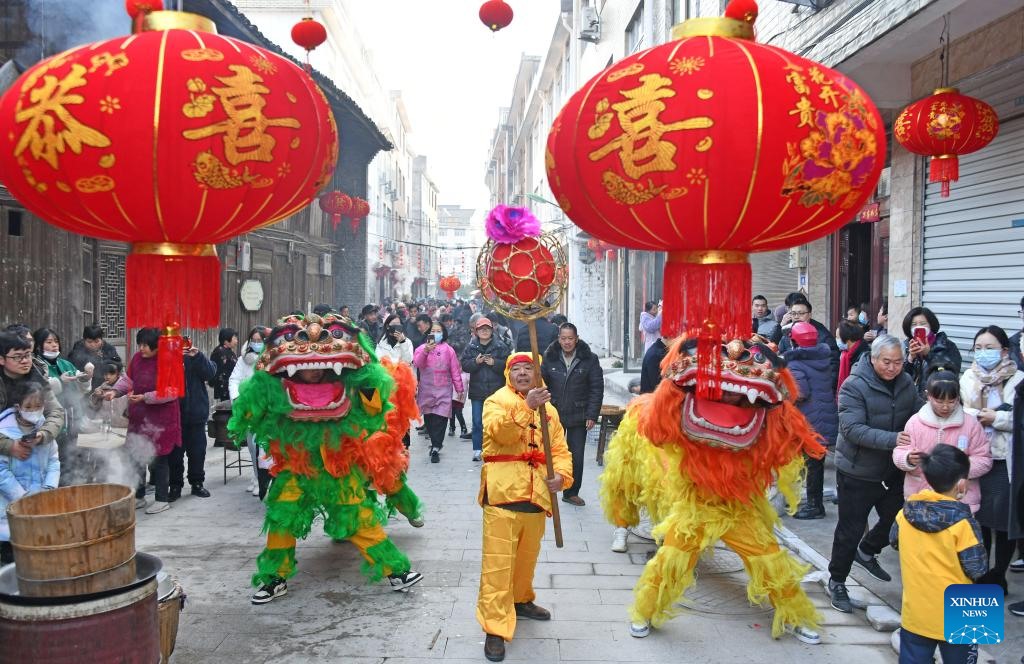
China's Spring Festival officially becomes an Intangible Cultural Heritage of Humanity - Photo: Xinhua
The Spring Festival, or Lunar New Year, is one of China's most important festivals and is widely celebrated around the world.
The recognition of this festival as an Intangible Cultural Heritage affirms its profound value, both imbued with Chinese cultural identity and conveying messages of solidarity among humanity.
The Spring Festival reflects Chinese civilization's aspiration for peace and harmony, carrying good wishes for the future and promoting humanistic values such as social integration and the harmonious relationship between humans and nature.
The focus of the festival is the family, with the spirit of reunion and solidarity between members. Family affection does not stop at a small scale but also spreads to the community, the country and the world. Every Lunar New Year, millions of Chinese people across the country travel back to their hometowns, creating the largest migration on the planet.
The Spring Festival lasts for 15 days, ending with the Lantern Festival. During this time, families hold reunion parties and participate in many cultural activities.
Cuisine is a highlight with traditional dishes such as dumplings, sticky rice cakes, fried meatballs and braised fish. These dishes are culinary quintessence and also carry the meaning of wishing for luck and happiness.
The Spring Festival also incorporates many unique intangible cultural elements, from folk tales to traditional customs. The legend of the "nian" monster, which appears at New Year's Eve and is chased away by firecrackers and the color red, has become a cultural symbol.
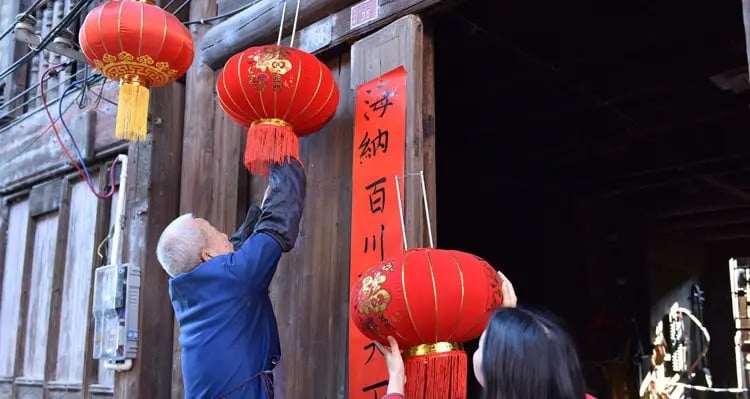
Decorating houses with parallel sentences and red lanterns is a tradition of Chinese people every New Year - Photo: China Highlights
Today, people continue to decorate their houses with red lanterns, hang parallel sentences and set off fireworks in the hope of driving away bad luck and welcoming good luck.
Not only in China, the Spring Festival has spread to many Asian countries and Chinese communities around the world. Symbols such as dragon dance, paper cutting art or lantern festival create a bustling atmosphere, becoming a meaningful festival.
UNESCO's recognition of the Spring Festival not only honors the value of China's cultural heritage but also affirms the power of universal humanistic values, contributing to promoting solidarity and peace among nations.
Anh Thu (According to Globaltimes)
Source: https://www.congluan.vn/tet-nguyen-dan-trung-quoc-chinh-thuc-tro-thanh-di-san-van-hoa-phi-vat-the-cua-nhan-loai-post324199.html


![[Photo] Panorama of the cable-stayed bridge, the final bottleneck of the Ben Luc-Long Thanh expressway](https://vphoto.vietnam.vn/thumb/1200x675/vietnam/resource/IMAGE/2025/9/30/391fdf21025541d6b2f092e49a17243f)

















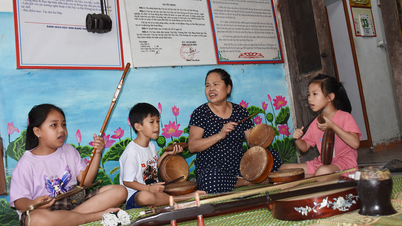





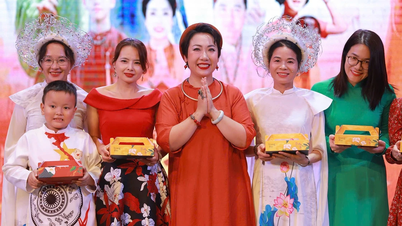













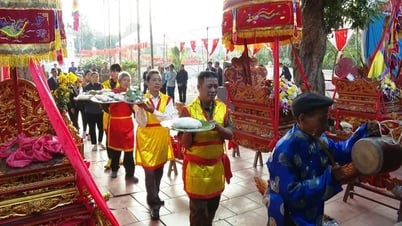
![[Photo] President Luong Cuong receives President of the Cuban National Assembly Esteban Lazo Hernandez](https://vphoto.vietnam.vn/thumb/1200x675/vietnam/resource/IMAGE/2025/9/30/4d38932911c24f6ea1936252bd5427fa)
![[Photo] The 1st Congress of Phu Tho Provincial Party Committee, term 2025-2030](https://vphoto.vietnam.vn/thumb/1200x675/vietnam/resource/IMAGE/2025/9/30/1507da06216649bba8a1ce6251816820)
![[Photo] Solemn opening of the 12th Military Party Congress for the 2025-2030 term](https://vphoto.vietnam.vn/thumb/1200x675/vietnam/resource/IMAGE/2025/9/30/2cd383b3130d41a1a4b5ace0d5eb989d)























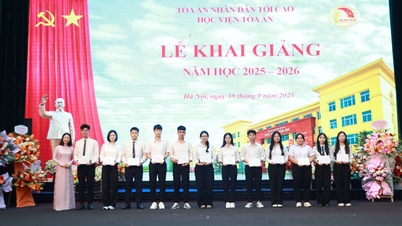



















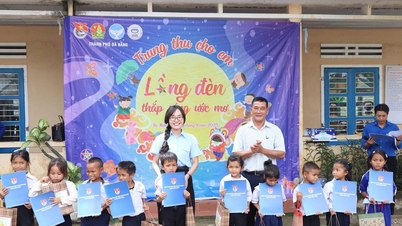

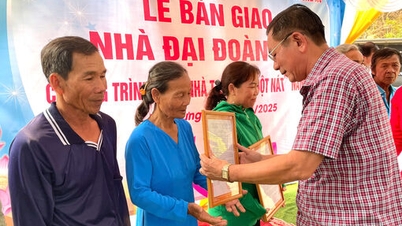






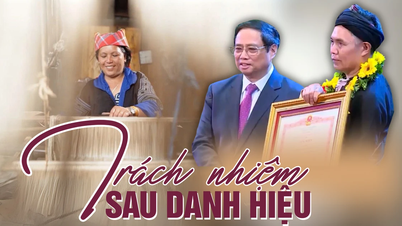







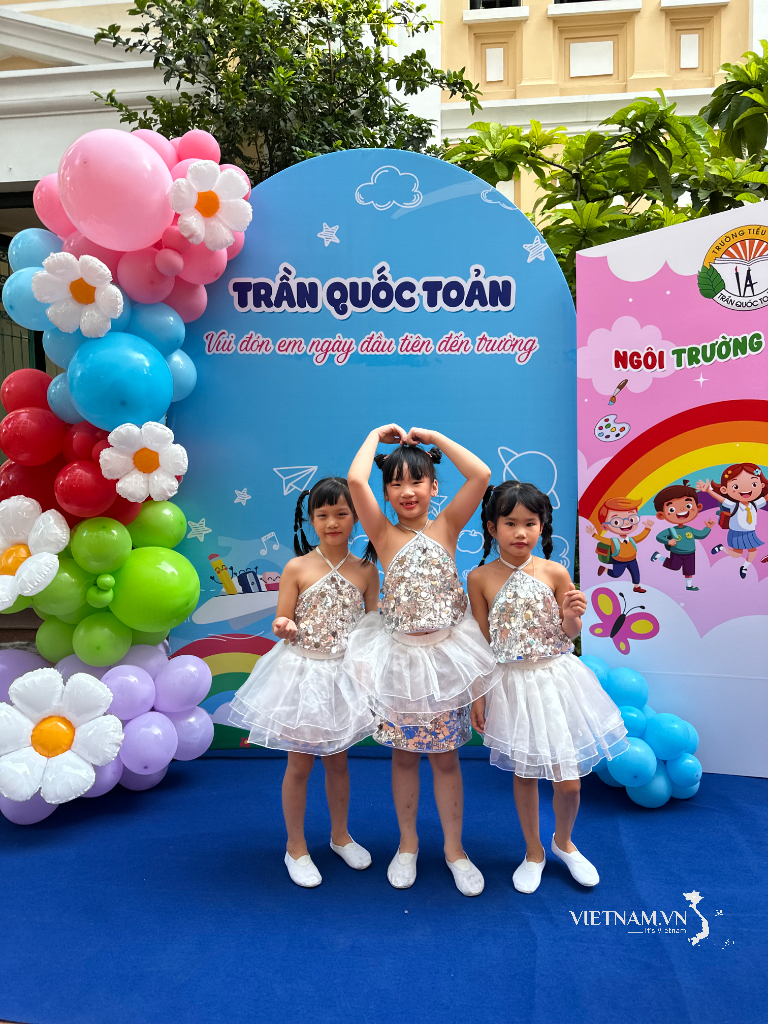


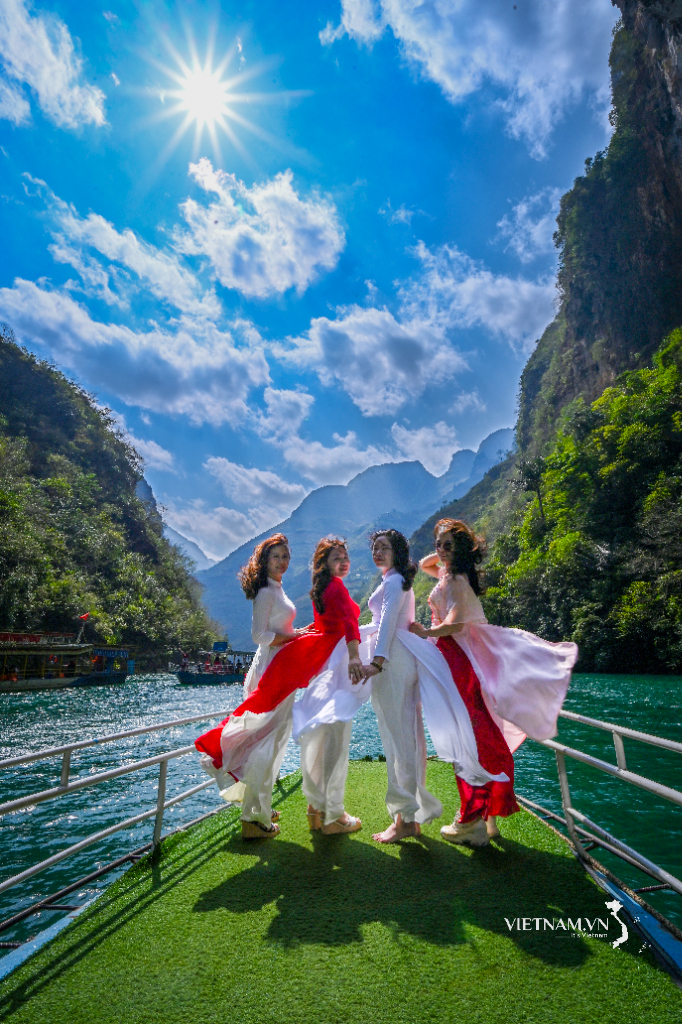
Comment (0)